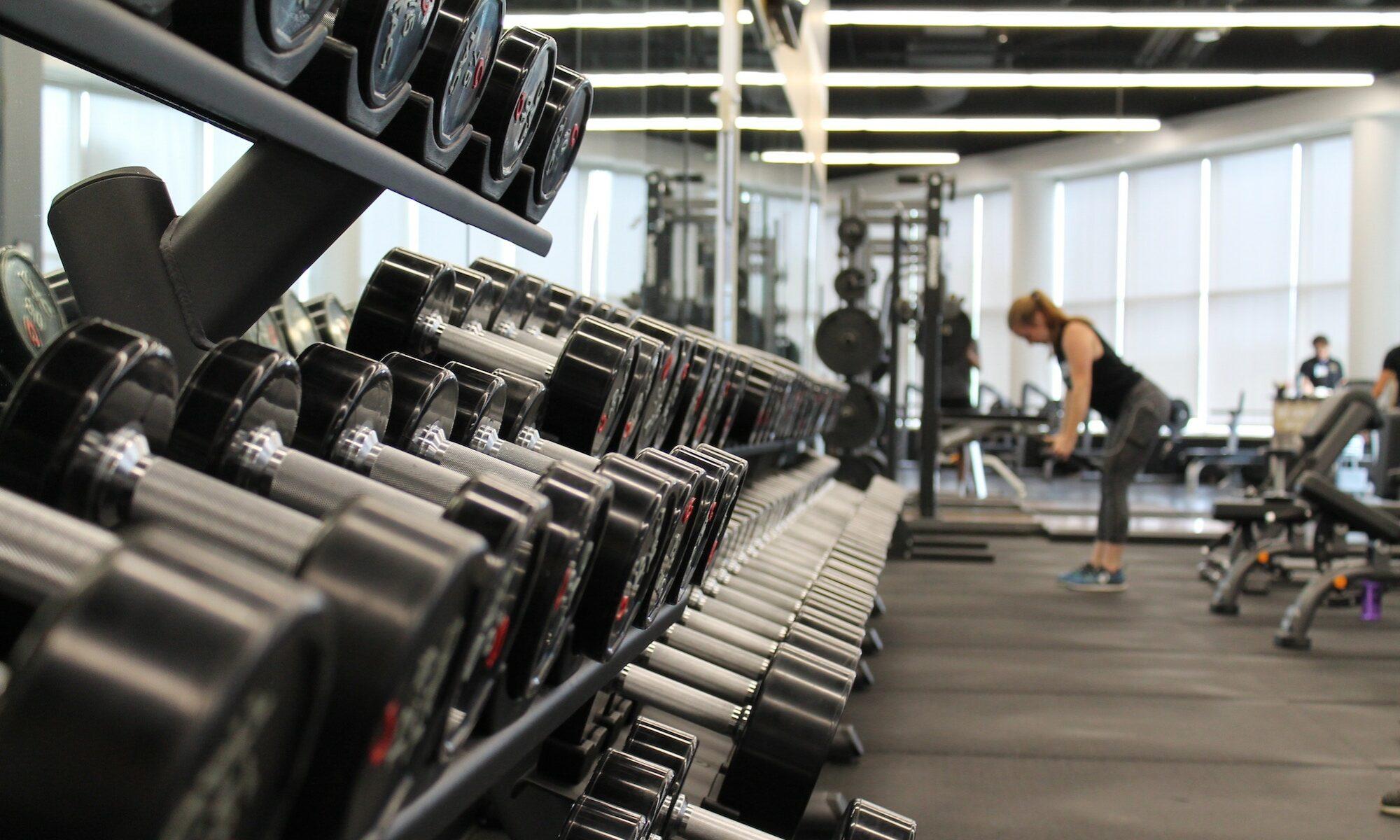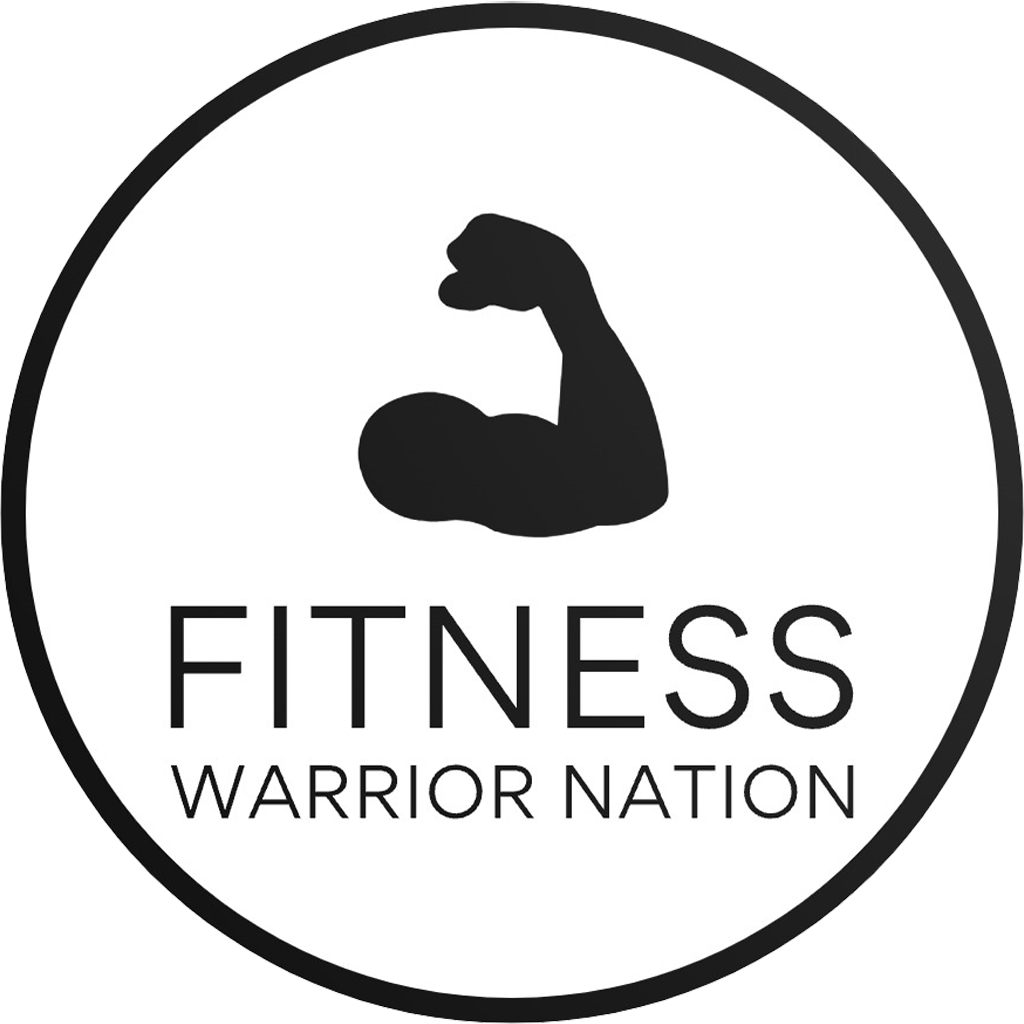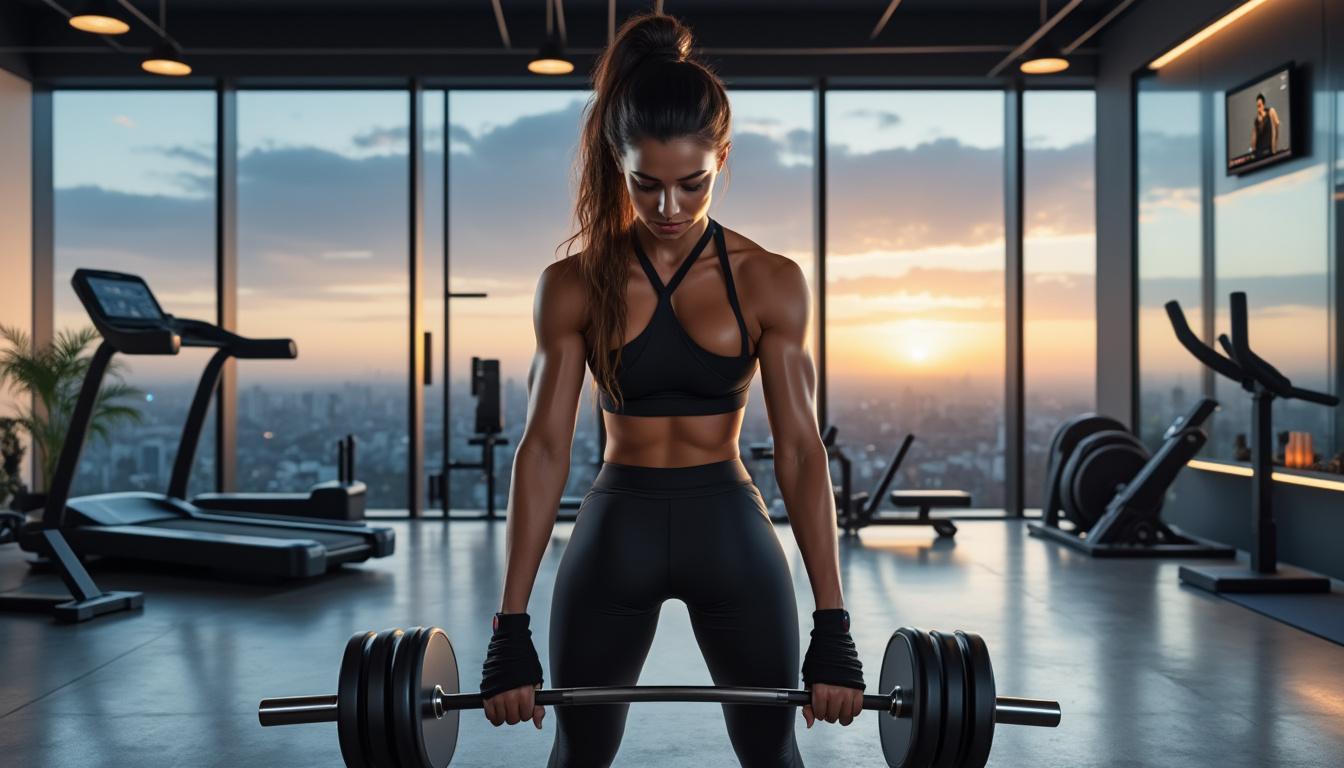The landscape of luxury fitness in 2025 stands as an enthralling intersection of elite exclusivity, intense physical regimens, and a surprising complexity of legal debates. This world combines lavish studio memberships, celebrity-endorsed methods, and a fierce battle over intellectual property that reshapes how fitness innovation is protected and perceived. From multimillion-dollar memberships at exclusive studios to the rise of boutique fitness brands like Nike, Adidas, and Lululemon battling for cultural relevance, luxury fitness is no longer just about health; it has become a cultural phenomenon reflecting the desires, politics, and rivalries of the modern elite. Navigating this realm reveals intricate personal stories, cutting-edge workout philosophies, and the subtle social codes that govern membership cards and workout spots near the front of the class.
The Rise of Luxury Fitness: Status, Sweat, and Sophistication
Luxury fitness is more than just physical exercise; it is a status symbol wrapped in an experience that combines exclusivity, innovation, and social prestige. In affluent neighborhoods like Tribeca, the Hamptons, and Studio City, specialized studios have emerged as the waterfront properties of the fitness world. Memberships at these sanctuaries often cost upwards of $10,000 a year, with private sessions and exclusive weekend-intensive programs pushing budgets well into the tens of thousands.
These studios cater to an elite clientele — entrepreneurs, celebrities, real estate magnates, and influential socialites. Brands such as Equinox, Peloton, SoulCycle, and Alo Yoga have tapped into this zeitgeist, offering classes and memberships that fuse high-tech gear, immersive environments, and boutique-style service. The workout regimens often blend dance cardio inspired by ballet with biomechanically creative movements, resulting in an experience that’s as much theatrical art as it is fitness.
Take the example of The Method popularized by Tracy Anderson, which defines the pinnacle of luxury fitness. Devotees engage in ritualistic, often 90-minute sessions characterized by specific choreographed routines and targeted accessory muscle engagement. Such workouts demand complete focus and produce dramatic physical transformations documented meticulously with body measurements and personalized programming. The studio environment itself enforces hierarchy and exclusivity, where proximity to the front of the class can be a fiercely contested privilege.
- Exorbitant memberships: Starting at $10,000 per year, with elite clients spending upward of $36,000 annually on personalized fitness regimes.
- High-profile clientele: Including celebrities like Jennifer Lopez and Tracee Ellis Ross, alongside influential figures from politics and real estate.
- Boutique service: Private sessions, limited availability during “Vitality Weeks,” and exclusive workout gear lines.
- Cultural prestige: Memberships become social currency comparable to owning prime real estate.
- Innovative workouts: Fusion of ballet-inspired movements, dance cardio, and biomechanical science.
| Luxury Fitness Brand | Signature Feature | Typical Membership Cost | Elite Client Examples |
|---|---|---|---|
| Tracy Anderson Studio | Choreographed Method with 90-minute sessions and light weights | $10,000+ per year; $5,000 for weekend intensives | Jennifer Lopez, Gwyneth Paltrow fans, top entrepreneurs |
| Equinox | High-tech gyms with luxury amenities | $2,000 – $5,000 per year | Corporate executives, professionals |
| SoulCycle | High-energy indoor cycling | $1,500 – $3,500 per year | Fitness influencers, celebrities |
| Peloton | Connected home fitness with community engagement | $400 – $2,000 for equipment + monthly fees | Home users, busy professionals |
This culture of luxury fitness signifies far more than a health trend; it manifests an identity and community for its members. The intricate balance between physical rigor and social exclusivity makes membership a coveted prize in itself. For many, joining such elite circles is as much a strategic social move as a commitment to health, blending the fields of personal wellness with status-driven networking.
Choreography, Biomechanics, and the Science of Movement in Elite Fitness Methods
At the heart of this elite fitness world lies a blend of art and science, where workouts are carefully crafted to maximize results and aesthetic transformation. Unlike ordinary gym routines, many luxury fitness methods emphasize biomechanics, functional muscle targeting, and choreographed precision that combine creativity with scientific understanding.
Tracy Anderson, a forerunner in this space, describes her system as a “canon of work” combining dance and biomechanical science with innovation akin to that of a Renaissance artist. Her method involves complex, repetitive rotations designed to shape and sculpt the body in ways traditional exercises rarely achieve. This approach is deeply rooted in what she and her team call “body and energy perspectives,” which align movement with holistic wellness beyond mere physical appearance.
The focus on accessory muscles—tiny, often neglected muscle groups—is key to achieving the trademark dancer-like elegance sought by clients. This has involved a highly detailed tracking process where clients’ bodies are measured every ten days to monitor progress and adapt movement sequences. Such intensive personalization speaks to the convergence of technology, ingenuity, and deep anatomical understanding.
- Biomechanics integration: Workouts are designed to synergize with how muscles and joints naturally move.
- Accessory muscle engagement: Small muscles targeted to refine shape and symmetry.
- Choreographed routines: Dance-inspired, precise movements elevate the workout to an artistic experience.
- Scientific tracking: Regular body measurements to quantify progress and tailor future efforts.
- Holistic focus: Movement chosen for energy and mind-body alignment, not just aesthetics.
| Component | Purpose in Fitness Method | Expected Outcome |
|---|---|---|
| Choreographed Dance Cardio | Cardiovascular health & neuromuscular coordination | Endurance, fat loss, rhythmic agility |
| Accessory Muscle Targeting | Body shaping via small muscle groups strengthening | Toned, sculpted physique with less bulk |
| Rotational Movements | Joint mobilization and muscle elongation | Flexibility and elegant posture |
| Repetitive Low-Weight Training | Muscle endurance and precision over bulk | Lean muscle with detailed definition |
Other brands like Gymshark, Puma, and Under Armour increasingly integrate biomechanical data into their fitness technology products, enhancing the luxury fitness experience both in studios and through connected home workouts. This scientific approach caters to an audience that demands measurable results while maintaining high standards of style and exclusivity.
Moreover, this intense precision has led to broader discussions on exercise timing and its impacts on heart and lung health, echoing recent findings that premium workouts ought to align with optimal physiological states for recovery and performance. For those seeking to maximize wellness alongside appearance, coupling these advanced methods with proper rest and mental health strategies proves indispensable in 2025’s elite fitness culture.
Legal Battles and Copyright Tensions Shaping the Fitness Elite Landscape
What many might find surprising about the world of high-end fitness is its increasingly legalistic nature. As workout brands develop proprietary methods, lawsuits over intellectual property rights have escalated, reflecting the high stakes in protecting brand identity and innovation.
A landmark case in this arena involved Tracy Anderson’s legal battle against former trainer Megan Roup, who launched the Sculpt Society. Anderson accused Roup of stealing proprietary choreography and breaching contracts, highlighting the tension between innovation and imitation in a field where creative expression and functionality overlap.
However, courts have ruled that methods or systems — such as a fitness regimen — are exempt from copyright protection since they are functional, not purely artistic creations. The 2020s have brought clarity that while choreography as art can be protected, exercises and workouts primarily designed for fitness purposes fall outside copyright protections, making enforcement challenging.
- Copyright distinction: Artistic choreography vs. functional exercise methods.
- Legal challenges: Difficulties proving ownership over fitness moves.
- Contract enforcement: Breach of confidentiality and non-compete clauses remain crucial tools.
- Industry impact: Ongoing debates over originality and fitness innovation boundaries.
- Market response: Emphasis on branding and unique client experiences to maintain competitive edge.
| Legal Aspect | Fitness Industry Application | Outcome or Implication |
|---|---|---|
| Copyright for Choreography | Protect dance sequences in workouts | Partial protection; functional moves excluded |
| Copyright on Methods | Workout systems and programs | Generally exempt; “methods” not copyrightable |
| Contract Enforcement | Non-compete and confidentiality agreements with employees | Critical for protecting business secrets |
| Legal Settlements | Breach of contract disputes | Often confidential but can be financially significant |
This legal backdrop intensifies competition and complicates the path for new entrants in luxury fitness. It encourages established brands to bolster their intellectual property with scientific studies, proprietary equipment, and unique cultural experiences to solidify their market position. Understanding these legal battles helps enthusiasts appreciate the intricate balance between creativity, business, and legal strategy in elite fitness.
Behind the Scenes: Personal Journeys Shaping the Elite Fitness Narrative
Every luxury fitness empire is also a deeply human story of ambition, resilience, and reinvention. The journey of Tracy Anderson exemplifies this narrative vividly: from humble beginnings in Indiana to becoming a self-made scholar and artist whose “Method” transformed lives globally. Her path was marked by challenges including bankruptcy, divorce, and loss—real struggles that infuse depth and authenticity into the elite fitness realm.
What distinguishes Anderson is her fusion of artistry and research. Beginning in the early 2000s, she conducted a longitudinal, self-directed study tracking comprehensive body measurements from hundreds of women, gathering data to refine personalized workouts. This evidence-based approach forms a compelling story of determined innovation, distinguishing her brand from generic fitness offerings.
Her intimate client relationships add a dimension of sisterhood and community to the otherwise competitive field. For many members, participation in The Method transcends physical transformation, becoming a profound social and mental wellness experience. This echoes the growing awareness of mental health’s critical role within athletic performance and recovery—a topic our community at Fitness Warrior Nation explores deeply in articles on mental health for athletes and importance of sleep for athletic recovery.
- Personal tenacity: Overcoming early setbacks to create a lasting fitness legacy.
- Research-driven innovation: Self-conducted studies inform workout efficacy and personalization.
- Community building: Cultivating a supportive sisterhood within elite fitness circles.
- Mental and emotional wellness: Integration of psychological support and mindfulness.
- High-profile endorsement: Celebrity clients giving the method cultural momentum.
| Milestone | Impact on Method and Brand | Broader Fitness Industry Influence |
|---|---|---|
| Indiana youth center research (early 2000s) | Development of personalized measurement-based workouts | Early example of data-driven fitness personalization |
| Celebrity endorsements (2008-2015) | Widespread visibility and luxury brand positioning | Set precedent for celebrity-driven fitness trends |
| Legal battles (2019-2023) | Heightened awareness of fitness intellectual property | Highlighted limits of copyright law applied to exercise |
| Introduction of HeartStones (2024) | Innovation in fitness accessories blending wellness and mindfulness | New product category in luxury fitness market |
The stories behind luxury fitness brands, depicted in vibrant detail, reveal the human spirit that fuels this intense and high-stakes world. Understanding these narratives enriches appreciation for the dedication and complexity involved in crafting elite fitness experiences that extend well beyond the gym floor.
Future Trends in Luxury Fitness: Democratization, Technology, and Community Impact
Though luxury fitness may seem an exclusive preserve of the wealthy, a clear tectonic shift is underway. Brands and studios increasingly wrestle with how to balance exclusivity with a desire to expand membership beyond traditional elites. In 2025, this paradox fuels innovation in online streaming, hybrid membership models, and community-oriented programs targeting broader demographics including underserved groups like teens and educators.
Companies like Nike, Adidas, and Gymshark leverage technology to develop connected fitness apps integrating motion capture, AI coaching, and personalized workout programming. These tools aim to bring elements of high-end fitness experiences into homes globally without compromising quality. Similarly, platforms like Peloton and SoulCycle continue to drive virtual communities that foster engagement and motivation at scale.
Efforts toward democratizing luxury fitness are also reflected in subsidized programs for underrepresented groups. Expanded access initiatives such as free or low-cost gym memberships for teens and community educators (highlighted in this program) respond to growing calls for inclusivity and health equity. These shifts indicate a redefinition of luxury fitness not just as exclusivity, but as superior experiences accessible to a wider audience.
- Hybrid Membership Models: Combining in-person elite access with online and app-based workouts.
- Tech Integration: AI, biometric tracking, and virtual reality-enhanced workouts.
- Community Expansion: Inclusive programming for youth, educators, and underserved populations.
- Sustainability Focus: Eco-conscious studio designs and green fitness products.
- Wellness Synergy: Integration of mental health, sleep optimization, and nutrition in fitness plans.
| Trend | Example Brands/Initiatives | Potential Impact |
|---|---|---|
| Online Streaming & Virtual Classes | Peloton, Alo Yoga, Gymshark | Broad access to luxury workouts anywhere |
| AI & Biometric Coaching | Nike Training Club, Under Armour’s Connected Fitness | Highly personalized, data-driven routines |
| Free Gym Access for Teens | Community Programs (see Fitness Warrior Nation initiative) | Improved youth health outcomes and equity |
| Sustainability in Fitness | Eco-friendly studios, sustainable apparel by Adidas & Puma | Reduced environmental impact; brand appeal to conscious consumers |
As the luxury fitness scene evolves, it blends intensity with accessibility, innovation with community, and art with science. This holistic approach champions health for mind and body alike, a vision championed by leading industry figures and embraced by growing diverse audiences worldwide. For athletes and fitness enthusiasts seeking expert guidance on balance and recovery, resources such as how exercise timing affects heart and lung health offer critical insights to complement any rigorous routine.


